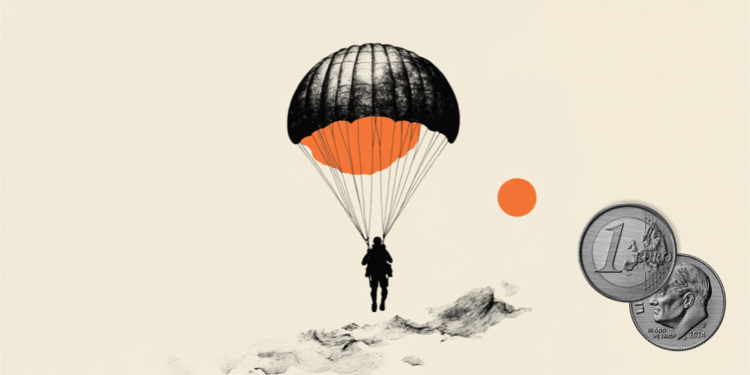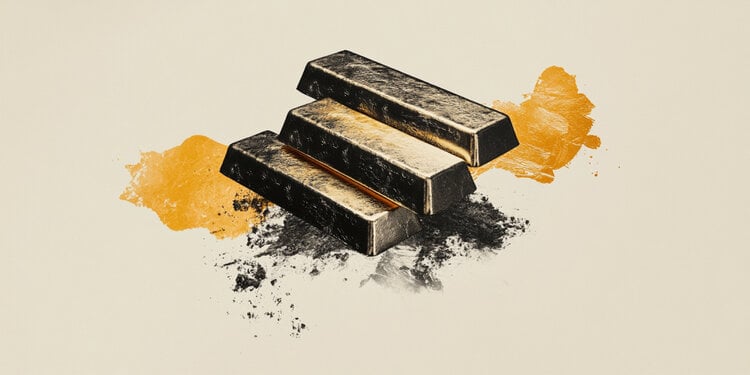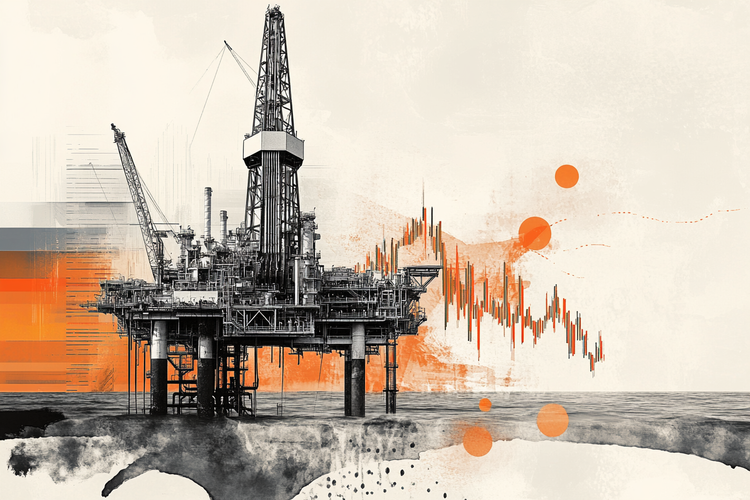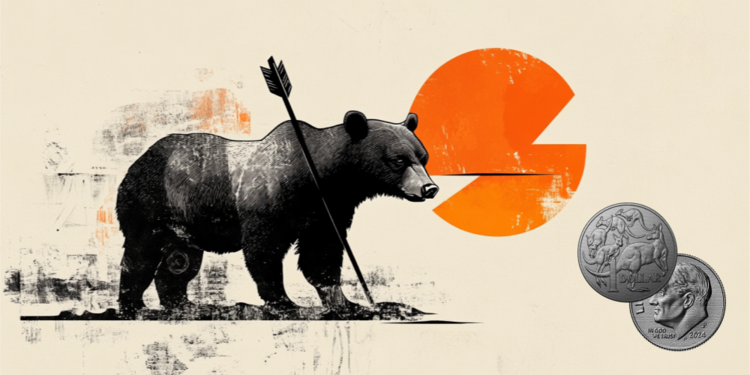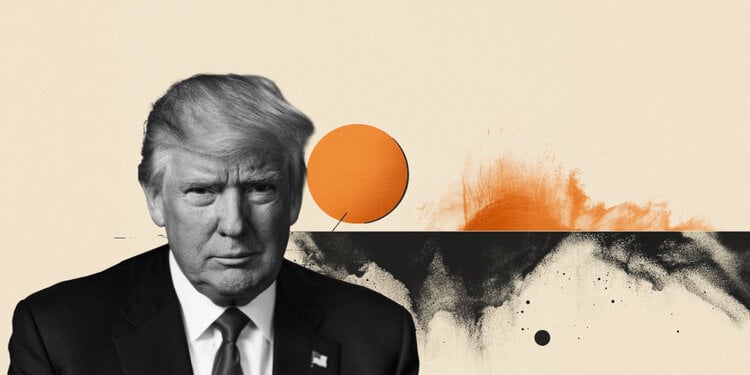Even after being hit hard by the covid-19 pandemic, the Brazilian Gross Domestic Product (GDP) in 2020 shrank less than initially estimated: the fall went to 3.3%, compared to a decline of 3.9%, according to revised data based on the System of National Accounts and released today by the Brazilian Institute of Geography and Statistics (IBGE). The previous estimate was based on the Quarterly National Accounts, revised in December 2021, in the GDP release for the third quarter of last year.
With the review, which is now final, in 2020, GDP totaled BRL 7.6 trillion. GDP per capita was BRL 35,935.74, a drop of 4.0% compared to 2019.
According to the IBGE, the dynamics of the service sector, the most affected by the closing of businesses for restricting personal contact amid the pandemic, was decisive for the review.
According to the System of National Accounts, services GDP shrank 3.7% in 2020 compared to 2019, instead of a 4.3% drop, the most recent estimate based on Quarterly National Accounts. The highlight in the review was precisely the activity “other service activities”, which fell by 9.3%, three percentage points (pp) less than the previous estimate, for a fall of 12.3%.
“The drop in other services explains most of the economic downturn. Within this activity, the highlights were the falls in food services (-27.0%), accommodation services (-27.0%), artistic activities (-25.5%) and domestic services (-23.3% )”, says the note released by the IBGE.
In the text, the coordinator of National Accounts of the statistics body, Rebeca Palis, credited the review to the atypical nature of the functioning of the economy amid the pandemic. “There are always revisions of the preliminary data in relation to the definitive ones, with more sources of information. However, in atypical times, such as the 2020 pandemic, they can be greater, a fact that occurred all over the world”, says the note.
The IBGE’s revisions also improved the performance of the industrial GDP and the agricultural GDP. The industry had its fall revised to 3.0%, comparing 2020 with 2019, compared to an estimated drop of 3.4% previously. The growth of agriculture, a sector that resisted the effects of the pandemic, rose to 4.2%, compared to the 3.8% previously estimated.
From the perspective of demand, household consumption, which accounts for 61.8% of GDP, fell by 4.5%. The retraction was strongly marked by the pandemic. This is because, while the final consumption of services, much more affected by restrictions on social contact, plummeted 10.2%, the consumption of goods, largely protected by e-commerce and home deliveries, fell by just 0.7%. Government consumption, which includes expenditure on goods and services offered to the community, also affected by the pandemic, dropped 3.7% in 2020 compared to 2019.
Gross fixed capital formation (GFCF, a measure of investments in GDP) fell by 1.7% in 2020 compared to 2019.
“The biggest drop was in machines and equipment (-4.3%). Intellectual property products also had a retraction (-2.3%). The construction group (0.6%) and other fixed assets (1.9%) grew”, says the IBGE note.
With the aggregate fall in GFCF at a slower pace than the fall in economic activity as a whole, the investment rate stood at 16.6% of GDP, 1.1 pp higher than in 2019.
Source: CNN Brasil
Joe Jameson, a technology journalist with over 2 years of experience, writes for top online news websites. Specializing in the field of technology, Joe provides insights into the latest advancements in the industry. Currently, he contributes to covering the world stock market.

